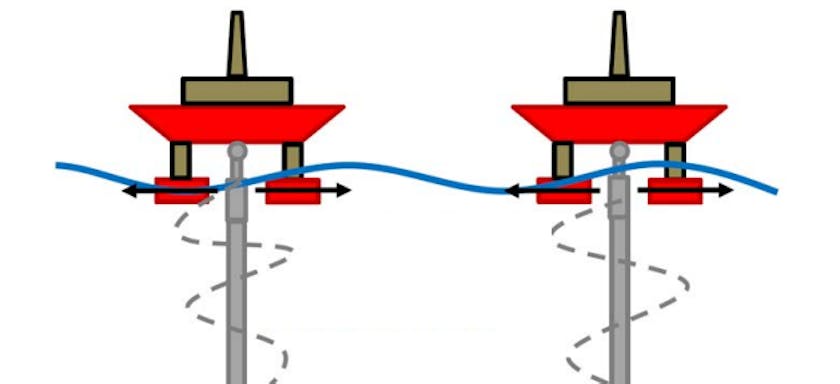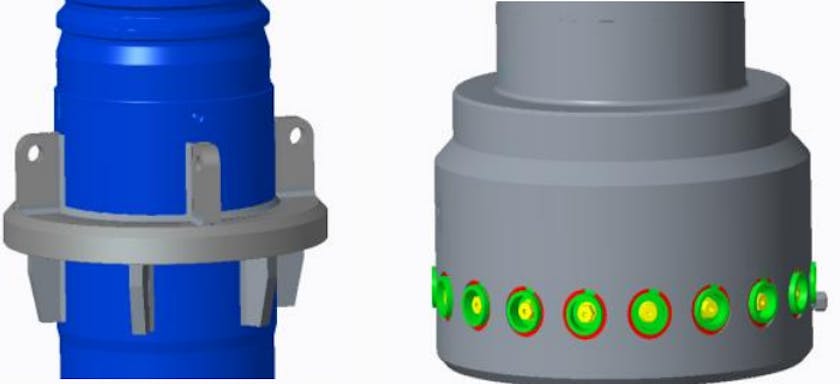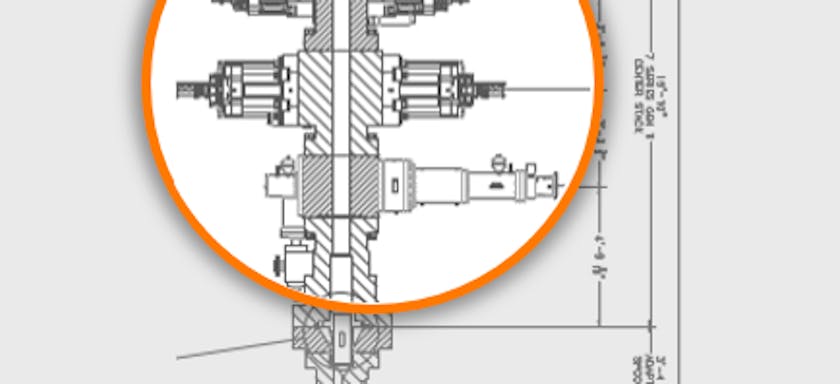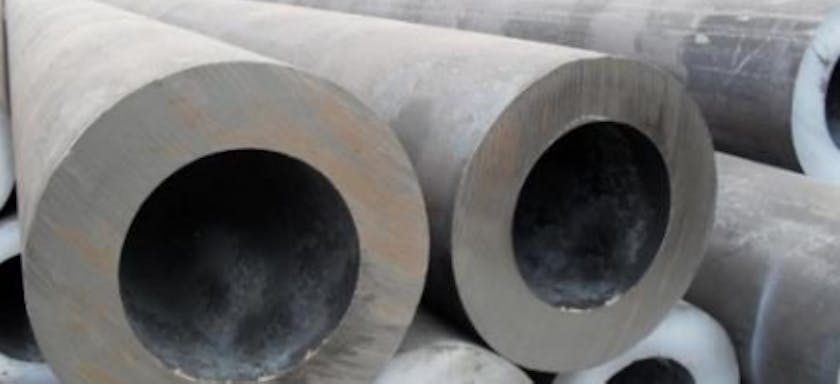Subsea Rigid Jumper Design Optimization for Sour Service Application
EVENT: OMAE
1 Jun 2019
Subsea rigid jumpers are designed to meet numerous criteria including thermal and pressure effects, environmental and riser / pipeline interaction loads, slugging, and other field specific requirements. Jumper VIV can be a concern in fields with strong bottom currents. Without the benefit of detailed VIV fatigue analysis, designers must rely on experience and engineering judgement on placement of strakes if VIV is identified as a concern. VIV mitigation is even more challenging because the jumpers can contain numerous long and short design options to accommodate tolerances for subsea well locations and installation tolerances of subsea PLETS and manifolds.
This paper will discuss a case study on optimization of 12 M-shaped jumpers designed for a sour service application in Gulf of Mexico. VIV fatigue assessment of the preliminary jumper design and the methodology adopted to optimize the jumper design and placement of VIV suppression will be discussed. Challenges in meeting high target fatigue life due to sour service application will be discussed. The key challenges whilst optimizing an acceptable VIV suppression solution are the assumed effectiveness of strakes, cost / available inventory of strakes, and physical limitations for placement of strakes.
This paper will highlight the trade-offs that are required to strike a balance between strength and fatigue design requirements when using straked buoyancy modules vs. regular strakes. The paper will also highlight the current limitations in design code that relies on standards developed for pipeline application. An alternative method / modification to the DNV F105 approach used to calculate the cross-flow induced in-line VIV fatigue damage is also discussed.
Authors
Mahesh Sonawane
Technical Advisor - Drilling & Completions
About
Mahesh Sonawane is a Technical Advisor for Drilling and Completions with 2H Offshore in Houston. He has a Masters of Science in Mechanical Engineering from Texas A&M University, Mahesh had over 15 years experience in global riser analysis and specialized in drilling and completion risers, HPHT equipment and riserless well intervention systems for offshore applications.
Expertise
Ben Toleman
Principal Engineer
Ben Toleman
Principal Engineer
Rohit Shankaran
Principal Engineer





